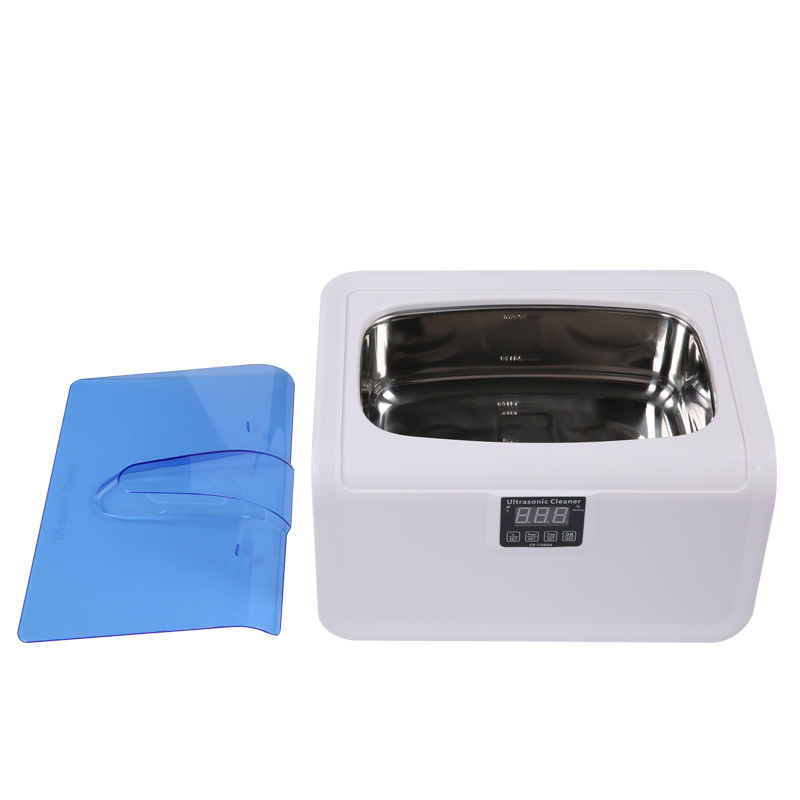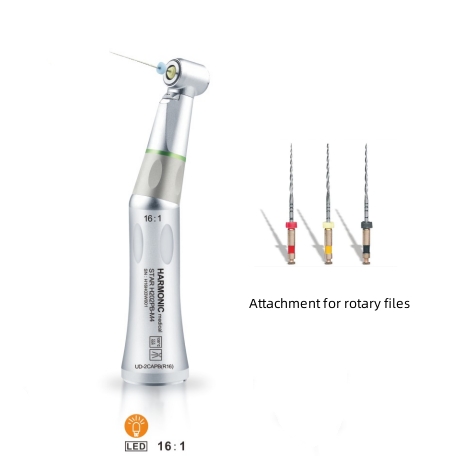dentist dental supply
Maintaining Precision: A Comprehensive Guide to the Care and Sterilization of Contra-Angle Hand pieces in Dentistry
Introduction
In dentistry, precision is paramount, where the slightest deviation can have significant consequences. Among the various dental tools used by dental professionals, the contra-angle handpiece stands out as a crucial instrument for intricate dental procedures. These instruments play a pivotal role in a wide spectrum of dental treatments, from meticulously shaping and sculpting tooth structures to delicately removing decay and polishing surfaces.
This article will guide you regarding the intricacies of contra-angle handpiece care and sterilization, the significance of specialized equipment such as seal equipment, ultrasonic cleaners, and sterilization equipment in ensuring optimal performance and patient safety. By adhering to meticulous cleaning and sterilization protocols, dental professionals can safeguard their patients from cross-contamination, while simultaneously extending the lifespan of hand pieces.
The intricate design of contra-angle hand pieces, with narrow internal channels and mechanisms, demands a thorough approach to their maintenance. These intricate pathways, which are essential for delivering air and lubrication to the rotating burs, can harbor harmful microorganisms if not properly cleaned and sterilized. The presence of these microorganisms poses a significant threat to patient safety, as they can readily spread, causing infections that can hinder the healing process and risk the overall success of dental procedures.



To combat this challenge, dental professionals rely on specialized equipment tailored specifically for the meticulous cleaning and sterilization of contra-angle hand pieces. Ultrasonic cleaners, with their high-frequency sound waves, effectively dislodge debris and microorganisms from the intricate internal channels of the handpiece, ensuring thorough cleansing. Vacuum autoclaves, on the other hand, employ steam under pressure to eliminate all microorganisms, including highly resistant spores, leaving the hand pieces in a pristine state, free from any potential biohazards.
The meticulous care and sterilization of contra-angle hand pieces extend far beyond merely ensuring patient safety; they also play a crucial role in optimizing the performance and longevity of these valuable instruments. By adhering to proper maintenance protocols, dental professionals can minimize wear and tear, prolonging the lifespan of hand pieces and reducing the need for frequent replacements. Which in turn, contributes to cost savings and enhances overall efficiency within the dental practice.
Importance of Contra-Angle Hand pieces:
Contra-angle hand pieces are crucial in dental practice due to their versatility and precision. These instruments allow dentists to access hard-to-reach areas, facilitating efficient removal of decay, polishing, and other intricate procedures. To ensure consistent and reliable performance, maintaining these hand pieces in optimal condition is crucial.
Care Practices:
- Establish a daily cleaning routine after each use to remove debris and contaminants. Thoroughly rinse the contra-angle handpiece with water to eliminate any residual materials.
- Regular lubrication is vital for the proper functioning of contra-angle hand pieces. Utilize a specific handpiece lubricant as recommended by the manufacturer.
- Invest in high-quality seal equipment to protect the internal components of the contra-angle handpiece from external contaminants.
- Check and replace seals regularly to maintain an effective barrier against fluids and debris.
Sterilization Procedures:
- Autoclaving is the primary method for sterilizing contra-angle handpieces. Follow the manufacturer’s instructions for autoclave settings, temperature, and duration.
- Ensure that hand pieces are properly wrapped or placed in sterilization pouches before autoclaving to prevent recontamination.
- Regularly inspect and maintain sterilization equipment to ensure it functions optimally. Periodically calibrate equipment to meet industry standards and regulations.
- Keep a detailed record of sterilization cycles, including dates, times, and any irregularities, to comply with infection control protocols.
Conclusion:
Maintaining precision in dentistry requires meticulous care and sterilization of contra-angle hand pieces. Implementing a routine cleaning regimen, utilizing proper lubrication techniques, and investing in seal equipment are essential steps in ensuring the longevity and performance of these critical instruments. Additionally, incorporating sterilization methods such as autoclaving and ultrasonic cleaning, while regularly monitoring and maintaining sterilization equipment, is vital for upholding the highest standards of patient safety and infection control. By following these practices, dental professionals can safeguard the integrity of their contra-angle hand pieces, contributing to optimal treatment outcomes and overall practice excellence.
